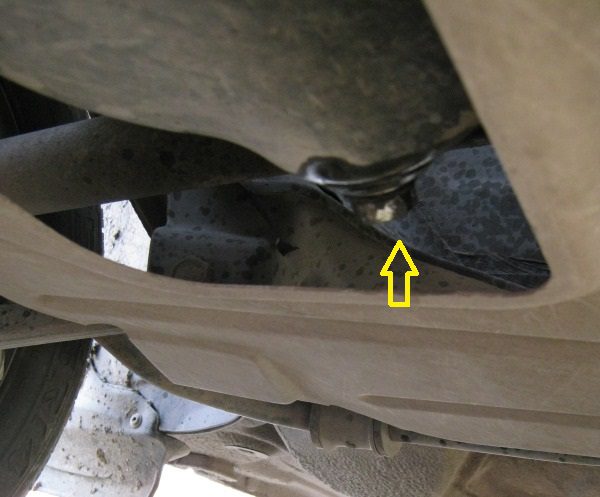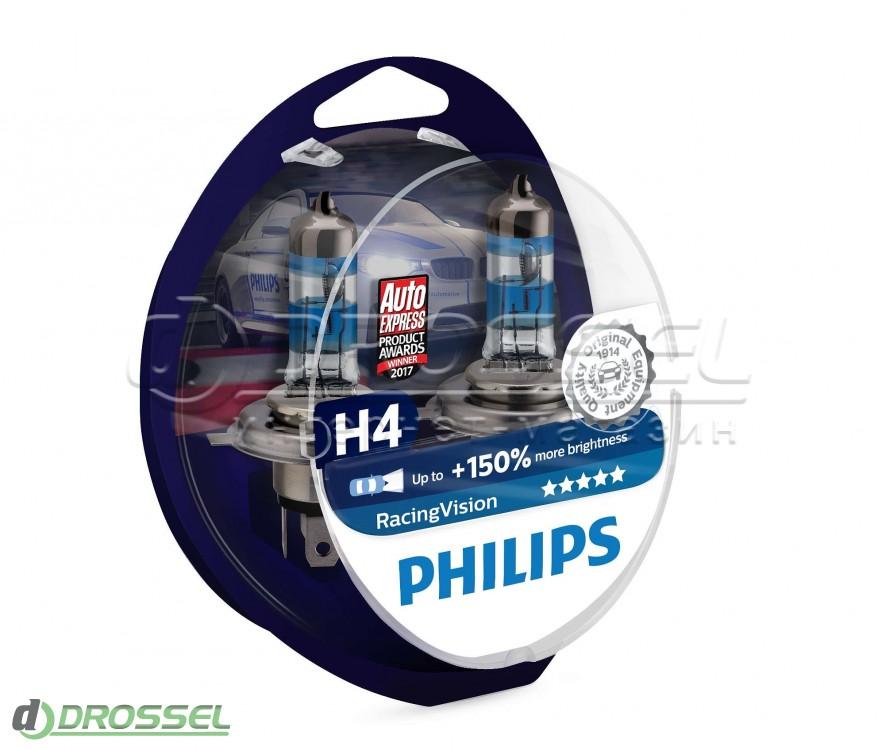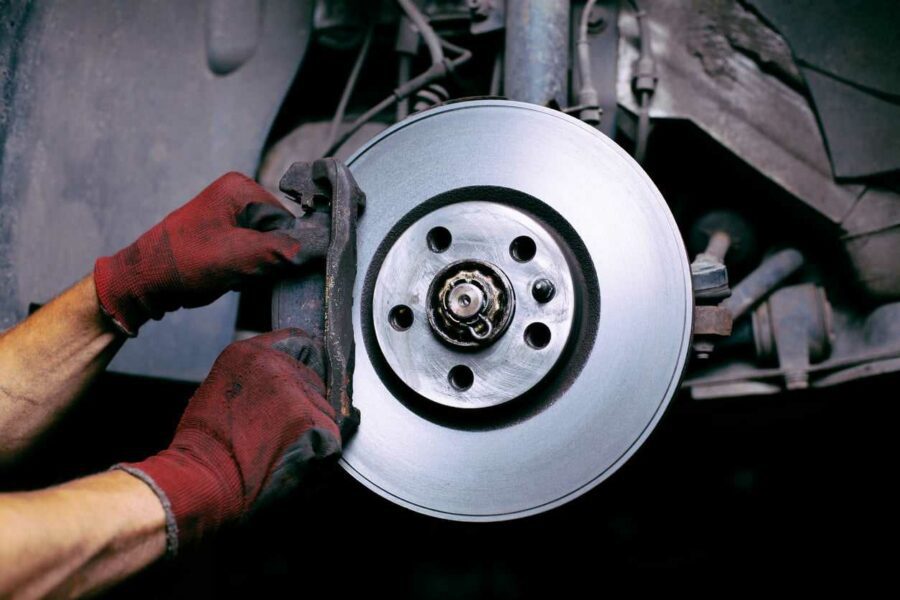
How to determine brake pad wear
Content
Safety on the road depends on the quality of the car's braking system. That is why replacement of pads or diagnostics of their condition must be carried out at regular intervals. Driving a car is always accompanied by two opposite processes: acceleration and deceleration.
The wear of the friction material depends on the speed at which the driver applies the brake pedal and the frequency with which the system is activated. Each driver in the process of operating a vehicle must check the condition of the brakes of his car in order to identify problems or prevent them.
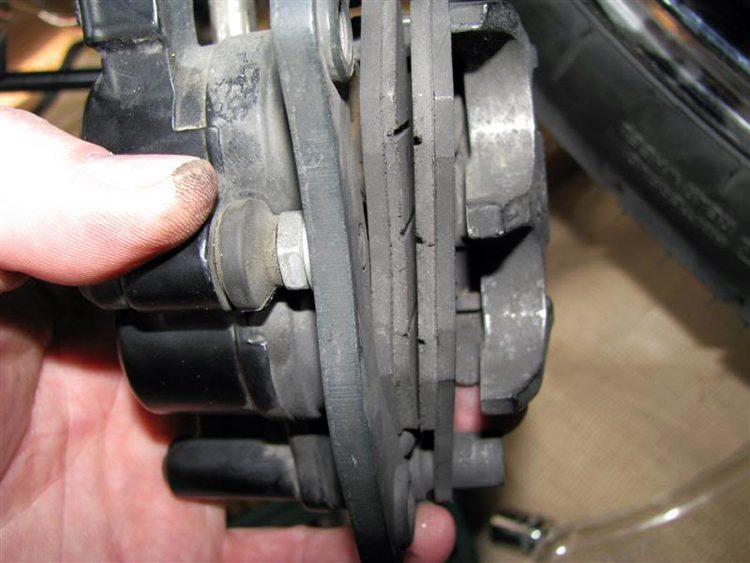
Consider what situation requires replacing all the pads, how to determine that the material has already been used up, and the part will soon lose its effectiveness, and what the nature of the wear of the brake pads may indicate.
What are the signs of wear
Additionally, we recommend that you familiarize yourself with what pads are, and what types of these elements are. Read more about this. separately.
Most manufacturers of modern car models recommend changing the pads no later than when the mileage is about 10 thousand kilometers. In this interval, the friction material retains its maximum efficiency. Of course, this period also depends on the quality of the replacement parts, as indicated by the manufacturer of the products.
If the driver uses a measured driving style, the pads can go up to 50 thousand. This is because braking rarely occurs at high speeds. But if the car accelerates sharply and slows down with the same intensity, then these elements will wear out much faster. In this case, they do not leave even five thousand.
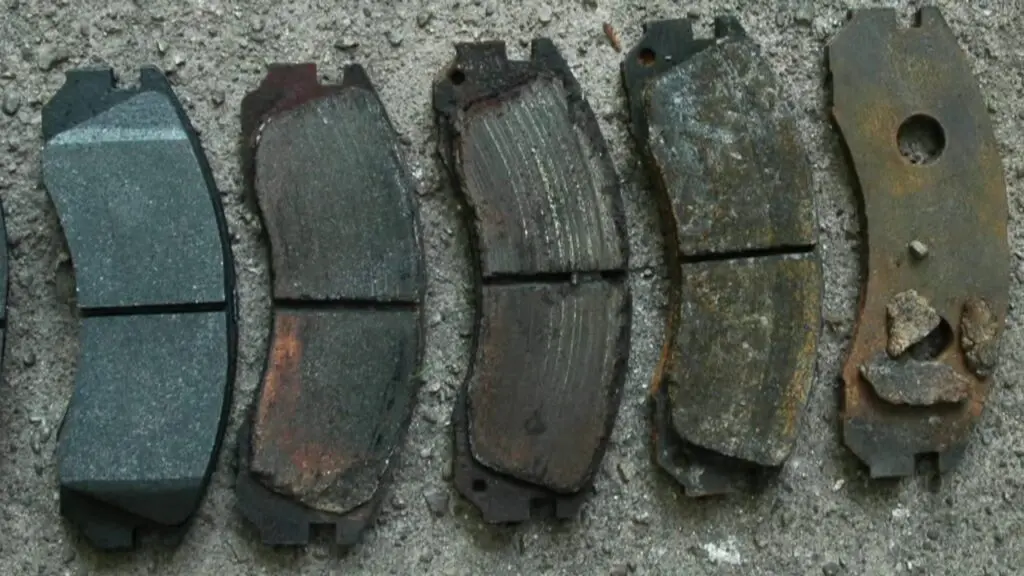
Before you begin to understand the signs of wear, we recommend that you become more familiar with what a brake caliper is and how it works. This is already available separate review... It is also worth considering that a budget car has a combined braking system. The front axle in it is equipped with a disc type, and the rear brake is of a drum type.
Beat is felt during hard braking
When the working life of the pad ends, the friction lining begins to wear unevenly. At this stage, the material may crack, and in some cases, small particles may even break off from it. If such a pad is not replaced, the force during braking will cause the part to run out.
You can verify whether the problem of extraneous noise and vibration is in the pads when approaching a traffic light or a railway crossing. By pressing the brake pedal, the driver can pay attention to whether the beat is felt. If the foot is removed from the pedal and this effect disappears, then it's time to go to the service station and replace the kit.
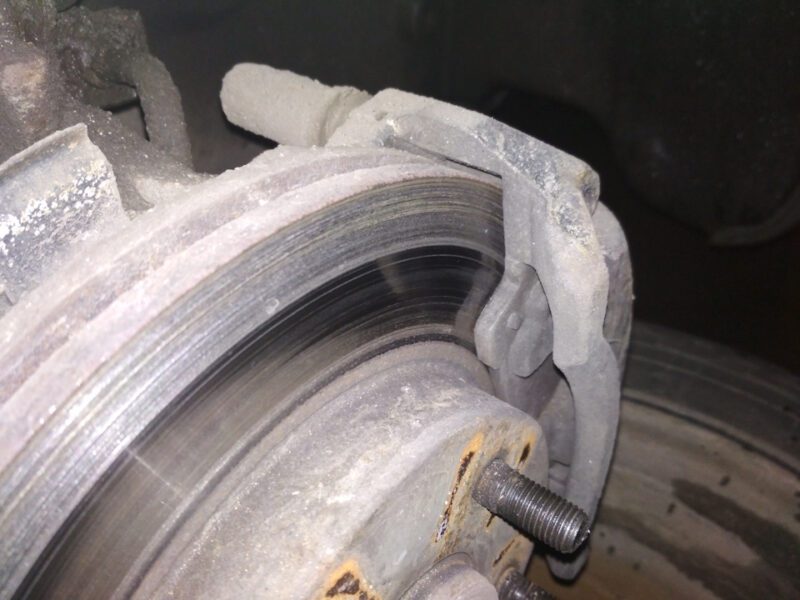
Most often, with critical lining wear, the brake disc will contact the signal plate. When the motorist activates the brake, a constant loud squeak will emanate from the wheels.
The braking system behaves inadequately
Another signal that indicates severe pad wear is a change in the braking process. In some cases, the machine slows down too sluggishly (usually, there is an increase in pedal travel). While reduced braking performance creates discomfort and increases the risk of an accident, a harsh brake is a more serious situation.
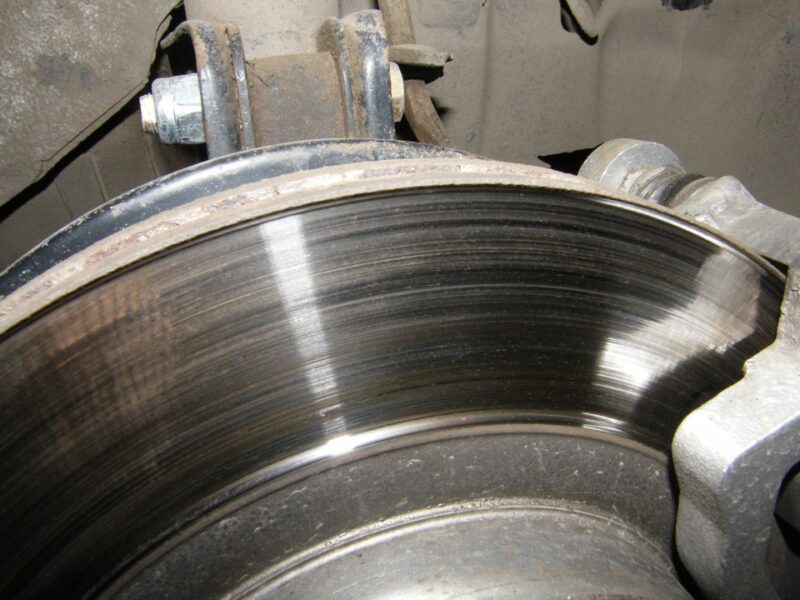
The reason for this behavior of the brakes is that the friction material has already completely worn out, due to which the disc is already in contact with the metal of the pad. When a wheel suddenly locks up, sooner or later it will necessarily lead to a collision of vehicles. In addition to increasing the risk of an accident, the operation of pads worn out to metal will lead to the failure of the main element fixed to the wheel hub (disk or drum).
While the following issue is not related to pad wear, it is often misdiagnosed. When the driver notices that the pedal has begun to fall heavily during braking, the first step is to check the brake fluid in the GTZ expansion tank. Often this sign indicates that there is no or a critically small volume of the working medium in the line (this substance is described in detail here).
Brake dust on rims with metal shavings
Since the brake pads are poorly visible due to the structural features of some wheel disks, it is difficult to visually assess their condition. And in the case of drum analogs, it is generally impossible to do this without dismantling the wheel and disassembling the mechanism.
However, there is one sign that clearly indicates that the consumables are clearly exhausted. To do this, before washing the car, you should pay attention to the condition of the wheel disks, or rather, what kind of plaque is on them (where it comes from if the car does not drive through mud, you can read in another article).
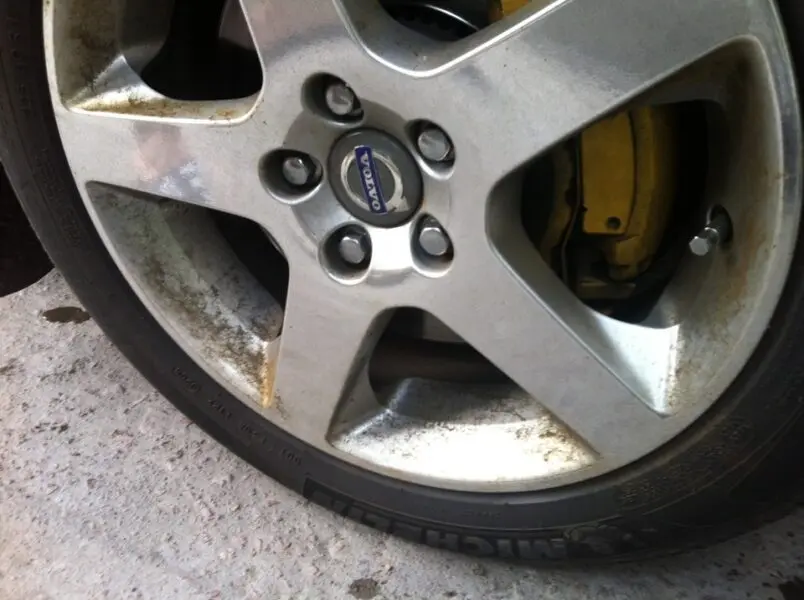
If the soot on the disc consists of metal shavings (the plaque will not be a uniform gray, but with shiny particles), this is a clear sign of severe wear on the lining. Even when the brakes do not emit a strong squeak, the pads must be replaced as soon as possible, otherwise the disc or drum will quickly fail.
How to determine pad wear
In order for the driver to be able to determine in a timely manner that the pads already require replacement, most manufacturers tend to equip their products with special alarms. Most modifications have an internal element in the form of a curved steel plate.
When the thickness of the friction layer reaches a critical value, this plate begins to scratch on the disc, from which the driver hears a strong sound every time the pedal is pressed. However, this element, as well as the electronic sensor, does not provide 100% comprehensive information about the state of these parts.
For example, not every vehicle equipped with an electronic wear sensor has this sensor on all wheels. In some cases, due to brake malfunctions, the pads on one wheel can wear out more than on the other.
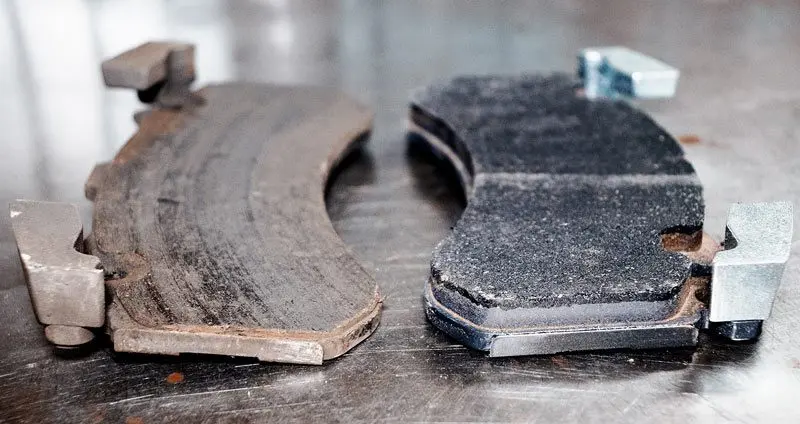
More informative will be an indicator made in the form of a friction material interspersed with metal shavings. Such pads, even with uneven wear, will immediately signal when metal particles will scratch the disc.
Ideally, it is better that the motorist does not rely on these warning devices, but additionally visually double-checks the condition of the brake elements. For example, some car owners perform a visual inspection during seasonal tire changes. Since the disc and drum systems are structurally different, the diagnostic procedure will be different. Here's how each is done.
How to check front pad wear
The front brake is much easier to check. To do this, you need to dismantle the wheel and measure the thickness of the lining on the block. Depending on the modification of this element, the critical value will be the thickness that is limited by the signal layer.
Also, the brake pad has one or more slots through which dust is removed when the material is worn out. If this element is visible, then the use of such a block is still allowed.
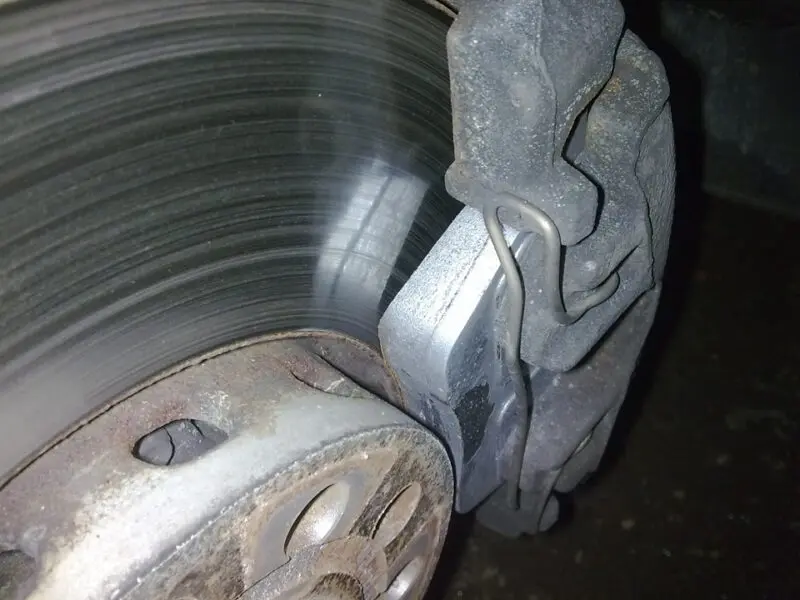
Along the way, it is recommended to check in what condition the piston and guides will be. These parts can sour and block, causing the brake to either fail or jam. To prevent such situations, automakers recommend lubricating these elements. This procedure is described in detail. here.
How to view drum pad wear
The rear brake is much more difficult to check, since its actuators are completely enclosed by the drum housing. In addition to removing the wheel itself, the motorist will need to partially disassemble the mechanism. To do this, you need to remove the drum cover. Only then can a visual inspection of the pads be carried out.
In vehicles with a combined braking system, the front axle is often the main load. This gives the rear brakes an extended service life, so they do not need to be checked frequently unless there is a specific reason. Typically, the replacement interval for these elements will be within two to three replacements of the front pads.
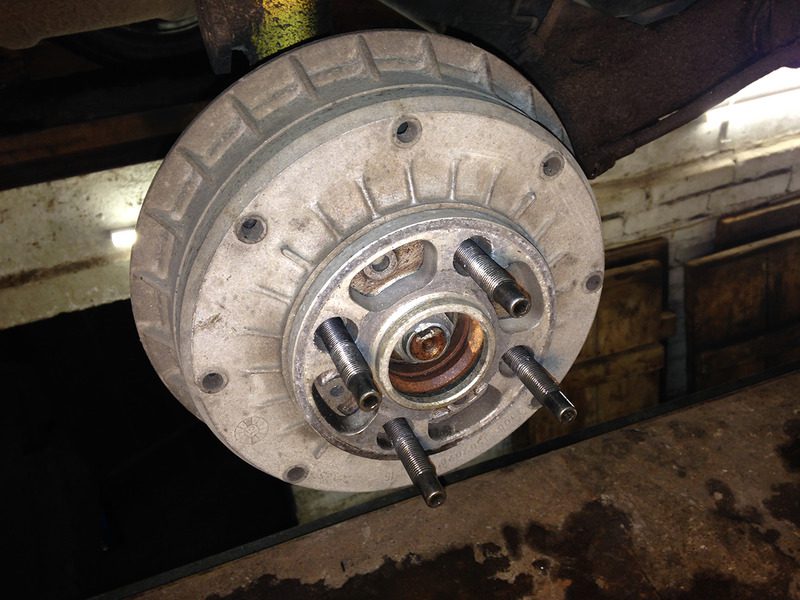
Some modern drum systems are equipped with a special inspection hole, which makes it easier to check the thickness of the pad. The minimum thickness of the rear pad should not be less than one and a half millimeters. However, removing the drum also allows you to check the performance of the entire mechanism, as well as remove dust from it, so it is better to carry out just such a diagnosis.
The inner part of the drum must be evenly sanded because the shoe is constantly in contact with it. If traces of rust are visible on this part, it means that the pad does not fit tightly to the sides of the drum.
Diagnosis of the cause of wear
Most often, pads wear out differently on all wheels in a car. Moreover, the front axle is loaded more strongly during braking, since the body tilts forward due to inertia, and the rear axle is unloaded. If the driver uses hard braking, the linings will wear out much faster.
Many modern models are equipped with the ESP system (how the exchange rate stabilization system works is described separately). The peculiarity of this device is automatic braking when there is a risk of a car skidding. Although such a system provides safety and control of the vehicle, its frequent operation results in wear of individual pads, and this process cannot be controlled. Otherwise, you have to disconnect the device (how this is done, it is described here).
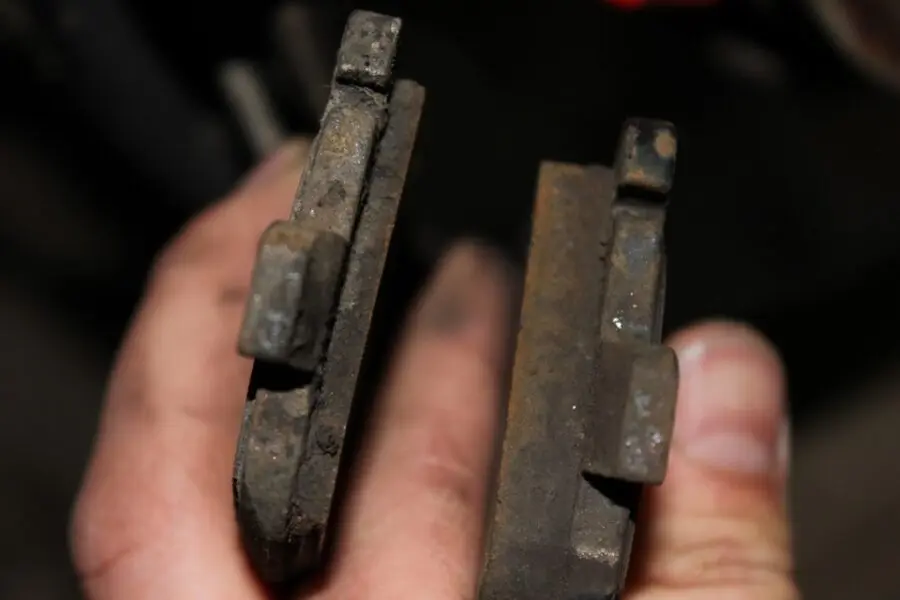
Here is a small list of the reasons for frequent or unnatural wear of the pads.
Wedge wear
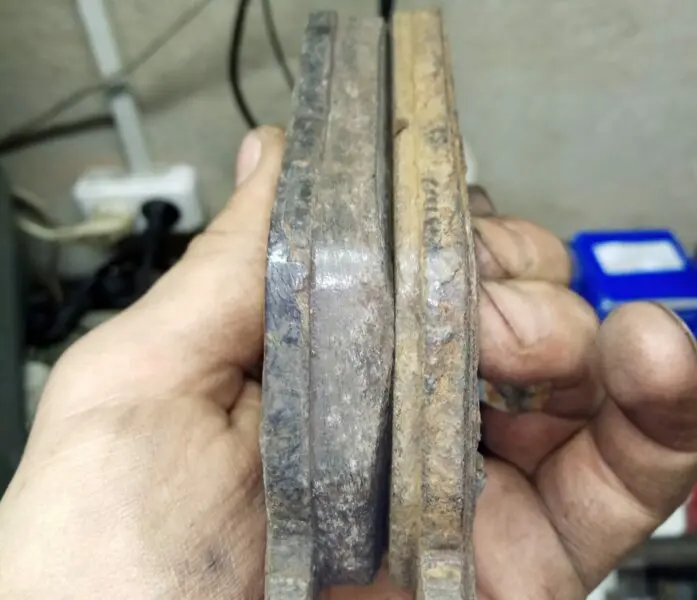
The reasons for this effect may be:
- Errors when installing pads;
- Poor quality shoe pad material;
- A feature of the device of some brake systems, for example, those that are equipped with additional calipers to improve performance;
- The caliper bracket must effectively guide the part so that all parts of the part are in contact with the disc at the same time. This may not happen due to poor tightening of the mounting bolt;
- Violation of the rules for tightening the fastening bolt of the bracket can lead to its deformation;
- Malfunctions in the running gear of a car, for example, development in a wheel bearing, which causes backlash (this happens extremely rarely);
- Souring guides;
- An axle is bent in the bearing on the struts (or rack).
Rapid pad wear
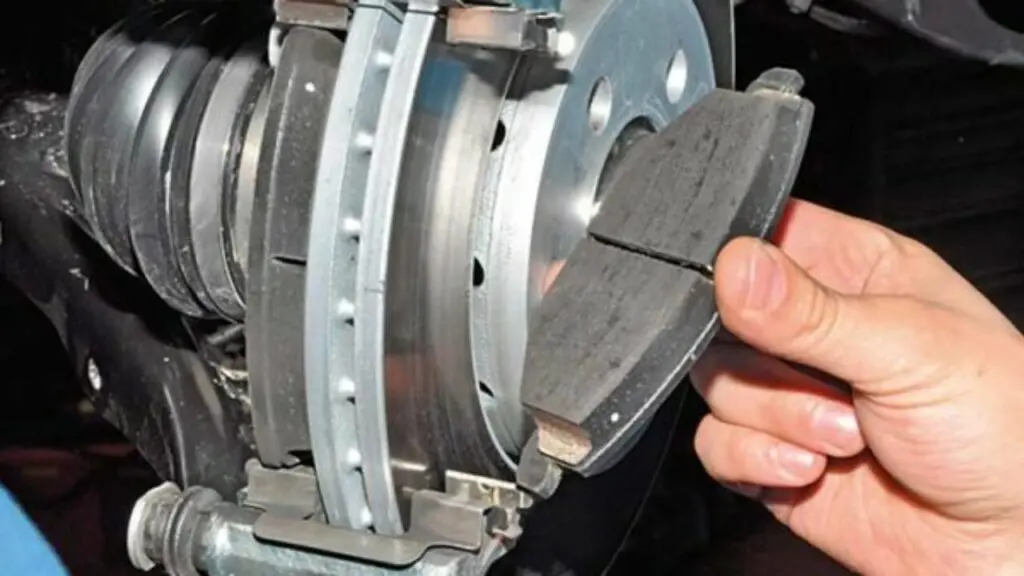
Accelerated material production can be due to the following reasons:
- The pad has inappropriate material for a particular car, for example, too soft;
- Aggressive driving;
- The machine is equipped with an ESP system;
- Development on a brake disc or drum;
- Incorrect caliper adjustment - the pad is pressed against the surface of the disc or drum;
- The machine is idle for a long time.
Inner and outer pad wear
The inner element wears out due to:
- Sour piston;
- Dry or damaged guide calipers;
- Caliper breakage.
The outer element can wear out for the following reasons:
- Caliper guides acidified;
- The lubrication of the guides is missing or their surface is worn out;
- The caliper design is deformed.
Different pad wear
The pads on individual wheels can wear in different ways due to:
- Incorrect operation of the GTZ;
- The driver often uses the handbrake;
- The material of the overlays may differ in composition or hardness;
- Deformation of the brake disc.
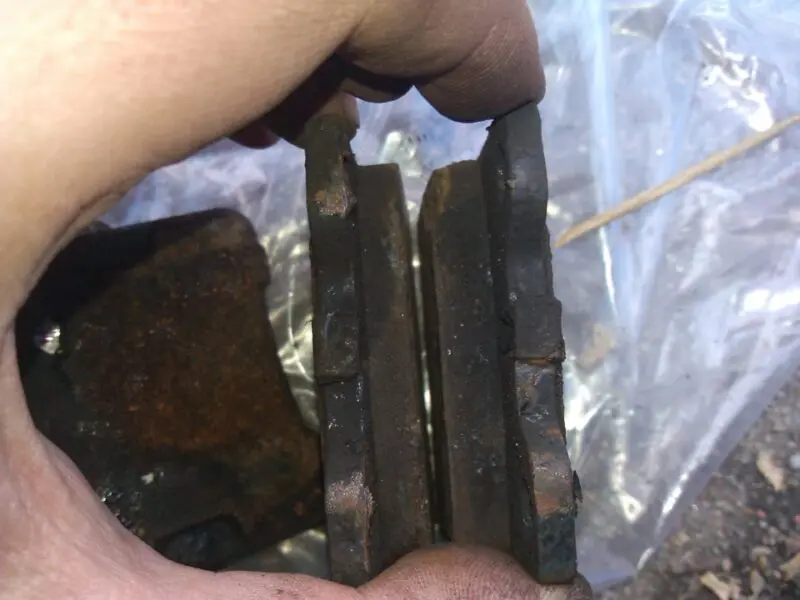
It happens that the pads wear unevenly on one wheel. This can happen for the following reasons:
- The set may include pads of different quality;
- The caliper piston turned sour.
When to change pads
If the knowledge of a motorist regarding the operation of the braking system is solid darkness, then it is better to trust a professional to replace consumables in it. Usually, the pads are changed when the material has already worn out to a critical value (in this case, characteristic sounds of alarms are heard or the wear sensor on the dashboard is triggered). The second case is routine vehicle maintenance.
Most motorists perform this procedure in the first case. If the car travels a short distance for the whole year, it would be better to diagnose the entire vehicle at least once a year, which will include various manipulations, including checking the condition of the pads.
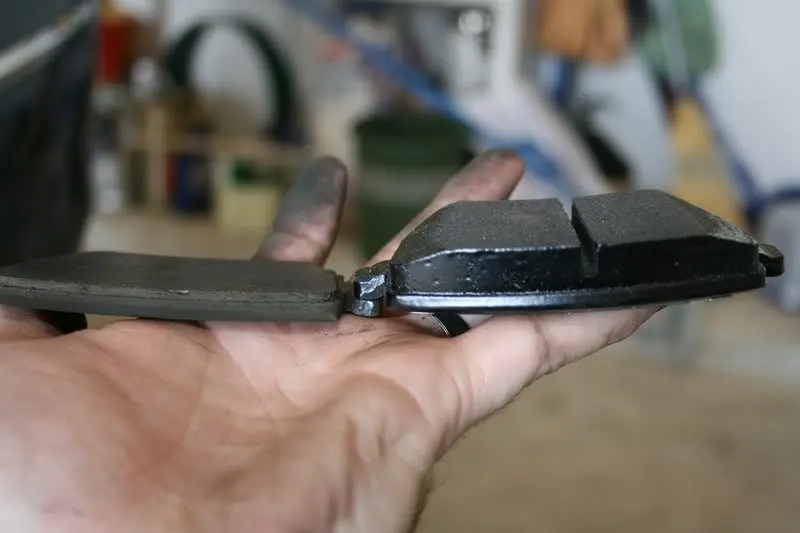
In the case of a large mileage with a measured "pensioner" ride, the pads may look good even after passing 50 thousand. Such elements are still recommended to be replaced, since over time, due to their strong heating and cooling, the material coarsens. Because of this, during braking, it is no longer the friction lining that can wear out, but the disc or drum itself.
Permissible pad wear
Usually, the standard by which the permissible wear of the friction material is determined is universal for all vehicles. The minimum thickness of the lining should be between three and two millimeters. At this stage, they need to be changed. Moreover, when diagnosing, one should pay attention to the thinnest part of the shoe, if uneven production is observed on it. Of course, in this case it is necessary to eliminate the reason why the pad does not completely adhere to the surface of the disc.
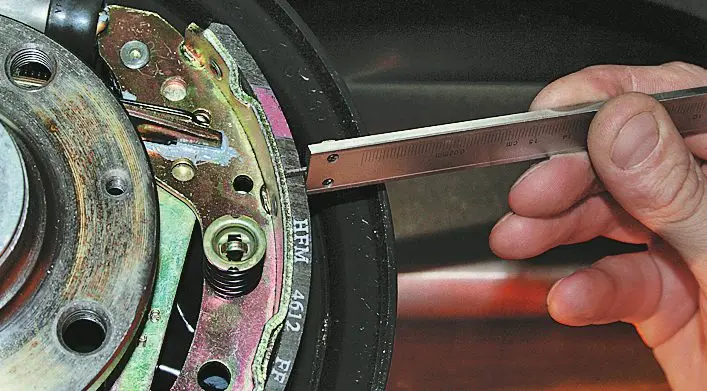
It is worth noting that with an increase in vehicle tonnage, the minimum thickness of the pads should be greater. As for SUVs or crossovers, this parameter should be 3,5-3,0 millimeters. For small cars and passenger cars, the permissible thickness is considered to be up to two mm.
Regardless of whether the pads have become unusable or not, for the sake of safety on the road, we recommend that you still double-check to what extent they are worn out. The seasonal wheel change procedure is ideal for this.
Questions and answers:
How much brake pad wear is acceptable? The average admissible value of the residual friction material in the last is 2-3 millimeters of the lining. But it is better to change the pads earlier so that the disc is not damaged due to uneven wear.
How do you know if your brake pads need to be replaced? When cornering from the side of one of the wheels (or all), beating is heard (the block dangles), and when braking, the brakes emit a grinding sound (metal shavings are added to the remainder of the friction layer).
What happens if the brake pads are not replaced? Firstly, such pads will squeak more strongly each time during braking. Secondly, worn out pads will damage the disc when braking.
